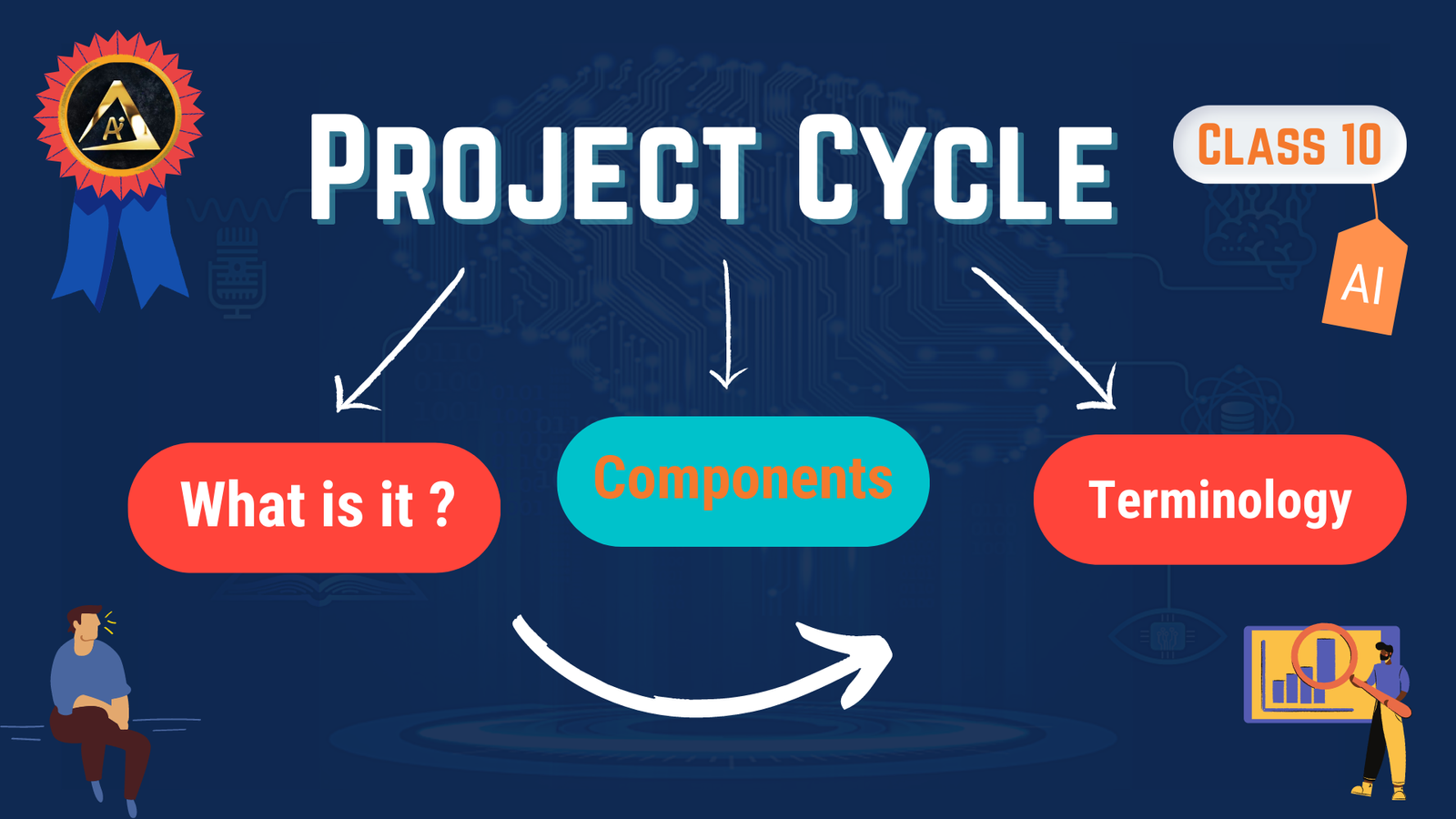Introduction
Artificial Intelligence (AI) has transformed countless industries, from healthcare to finance, and now it’s making waves in product visualization. With its ability to analyze vast amounts of data and create stunning visual representations, AI is reshaping how businesses showcase their products to customers. But why is this transformation so important? Because customers demand more immersive, personalized experiences, and AI delivers exactly that.
What Is Product Visualization?
Definition and Concept of Product Visualization
Product visualization refers to the process of creating digital representations of products to help customers understand their features, aesthetics, and functionality. It includes 2D images, 3D models, interactive animations, and more.
Traditional Methods of Product Visualization
Before AI, businesses relied heavily on manual design processes, photography, and CAD (Computer-Aided Design) tools. While effective, these methods were time-consuming, resource-intensive, and lacked the dynamic interactivity customers now expect.
The Role of AI in Product Visualization
How AI Revolutionizes Product Visualization
AI introduces automation, intelligence, and scalability to product visualization. It can generate photorealistic 3D models from simple sketches, predict customer preferences, and adapt designs dynamically.
Benefits of AI-Driven Visualization
- Efficiency: AI reduces the time needed to create product visuals.
- Customization: It enables tailored visuals based on customer preferences.
- Cost Reduction: Businesses save on expensive photography and design resources.
Key Applications of AI in Product Visualization
AI in 3D Modeling
AI-powered tools can create complex 3D models with minimal human input, saving hours of manual work.
Virtual Product Prototyping
With AI, designers can visualize prototypes in real-time, making quick adjustments based on analytics and customer feedback.
Customization and Personalization
AI allows customers to visualize products in different colors, materials, or configurations, making shopping experiences more engaging.
AI-Driven Tools and Technologies
Machine Learning and Predictive Analytics
Machine learning models predict trends and customer behavior, allowing businesses to create visuals that resonate with their audience.
Augmented Reality (AR) and Virtual Reality (VR)
AI enhances AR and VR experiences, enabling customers to interact with products in virtual environments before purchasing.
Generative Design
AI uses algorithms to explore all possible design outcomes, helping create innovative and efficient product designs.
AI in E-commerce Product Visualization
Enhancing Customer Experiences
AI makes online shopping more interactive with 360-degree product views and AR try-ons.
Reducing Return Rates with AI
By offering accurate visual representations, AI helps customers make informed decisions, reducing product returns.
Interactive Product Displays
AI-powered tools allow customers to modify product features, such as colors or sizes, in real time on e-commerce platforms.
Real-World Examples of AI in E-commerce
Case Studies of Companies Using AI
- IKEA: Their AR app lets customers visualize furniture in their homes.
- Nike: AI tools enable customers to design their own shoes virtually.
Success Stories
Companies using AI report increased customer satisfaction, higher sales conversions, and reduced operational costs.
AI in Industrial Design and Prototyping
Revolutionizing Manufacturing Processes
AI optimizes manufacturing workflows by automating design and prototyping stages, reducing production timelines.
Faster Design Iterations and Improved Efficiency
AI tools allow rapid iteration of designs, helping businesses refine products more effectively.
The Role of AI in Material Selection
Sustainable Material Choices
AI can analyze material properties and suggest eco-friendly alternatives, supporting sustainable practices.
Cost-Efficient Product Designs
AI helps businesses balance cost and quality by identifying the best materials for production.
The Benefits of AI in Product Visualization
- Enhanced Efficiency: Faster production and visualization processes.
- Improved Customer Satisfaction: Personalized, interactive shopping experiences.
- Better Decision-Making: Data-driven insights for superior product designs.
Challenges in AI-Driven Product Visualization
Data Quality and Availability Issues
AI systems need large amounts of high-quality data to function effectively, which can be a challenge for some businesses.
Ethical Considerations in AI Implementation
Ensuring that AI-generated visuals are accurate and not misleading is critical for maintaining customer trust.
The Future of AI in Product Visualization
Emerging Trends and Technologies
The integration of AI with AR, VR, and the metaverse will redefine AI product visualization, offering even more immersive experiences.
Long-Term Implications for Industries
AI will continue to drive innovation, helping businesses stay competitive in an ever-evolving market.
How Businesses Can Prepare for AI Adoption
Steps to Integrate AI in Workflows
- Start with small-scale AI projects.
- Train employees to use AI tools effectively.
- Invest in scalable AI technologies.
Investing in AI-Driven Tools
Businesses should prioritize tools that align with their goals, such as AR-powered visualization platforms or generative design software.
Conclusion
AI is revolutionizing product visualization, enabling businesses to create engaging, interactive, and personalized experiences for their customers. By adopting AI-driven tools, businesses can stay ahead of the competition, reduce costs, and enhance customer satisfaction. The future of product visualization is undoubtedly intertwined with AI, and now is the perfect time to embrace this powerful technology.
FAQs
1. What is AI product visualization?
AI product visualization involves using artificial intelligence to create realistic and interactive representations of products, such as 3D models or AR experiences.
2. How does AI improve customer experiences in e-commerce?
AI offers features like personalized product views, AR try-ons, and interactive customization, making online shopping more engaging.
3. What are some challenges in using AI for product visualization?
Challenges include ensuring data quality, managing costs, and addressing ethical concerns related to accurate representations.
4. Can small businesses afford AI-driven visualization tools?
Yes, many affordable and scalable AI tools are available, making them accessible for small businesses.
5. What is the future of AI in product design?
The future involves deeper integration with AR, VR, and the metaverse, offering more immersive and innovative product visualization experiences.

